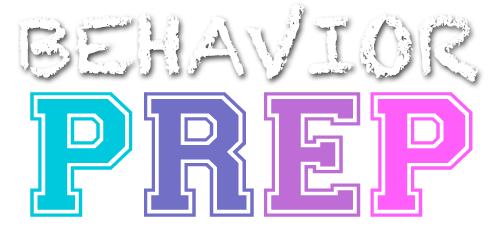G.18 Evaluate emotional and elicited effects of behavior-change procedures.
Evaluating the emotional and elicited effects of behavior-change procedures involves assessing any emotional responses (such as distress, frustration, or anxiety) or other involuntary reactions (like reflexive or automatic behaviors) that may result from implementing a behavior intervention. This ensures that the procedures are effective, ethical, and considerate of the individual’s emotional well-being.
Example: A BCBA implements a time-out procedure to reduce a child’s aggressive behavior. While the procedure successfully decreases aggression, the BCBA notices that the child becomes visibly upset and anxious during time-out, showing signs like crying and increased heart rate. Recognizing these emotional effects, the BCBA evaluates the procedure and decides to modify the intervention to include more positive reinforcement for appropriate behaviors and less reliance on time-out. The BCBA also teaches the child coping strategies to manage emotions during challenging situations. The goal is to maintain the behavior change while minimizing negative emotional responses.
